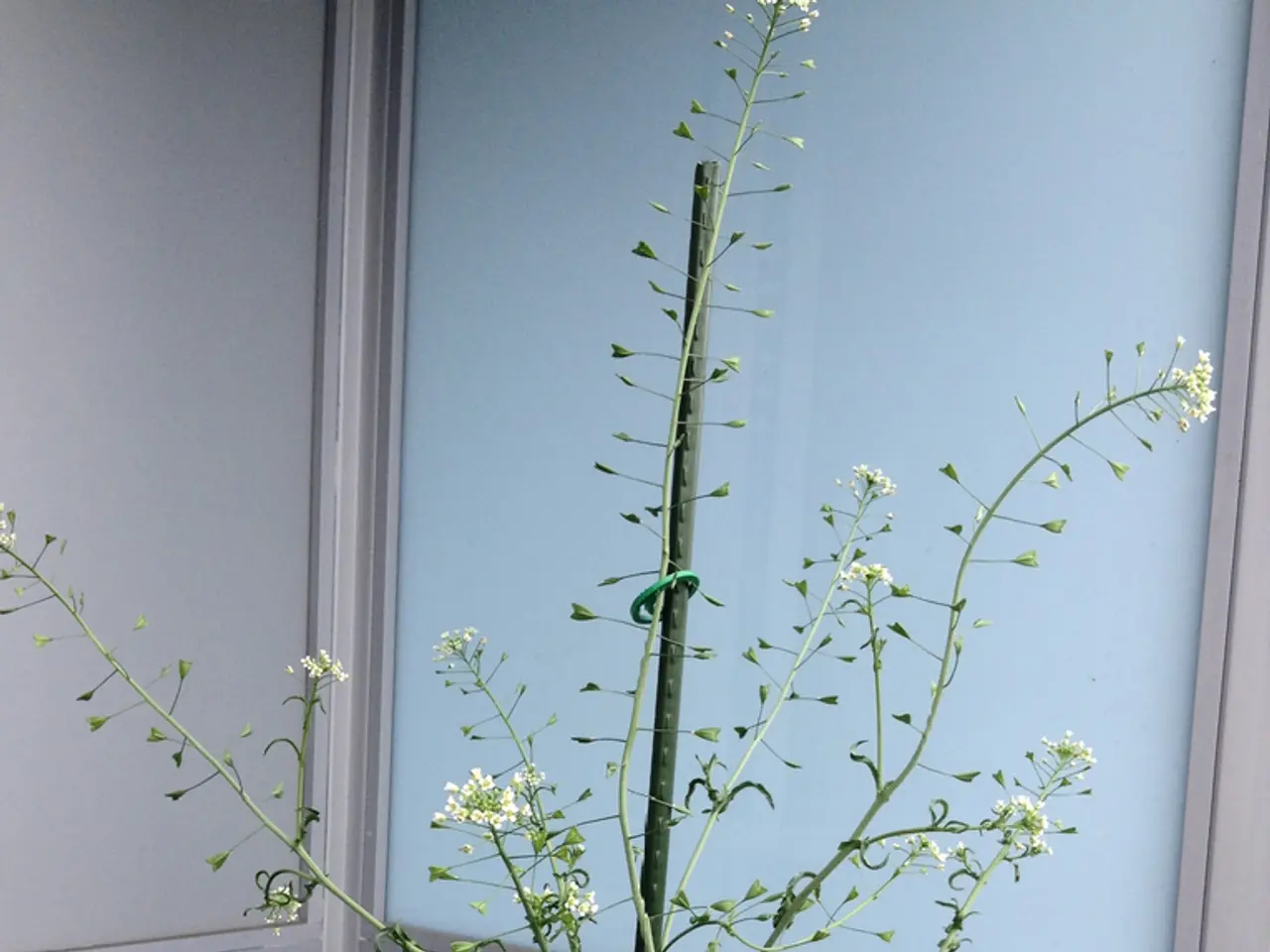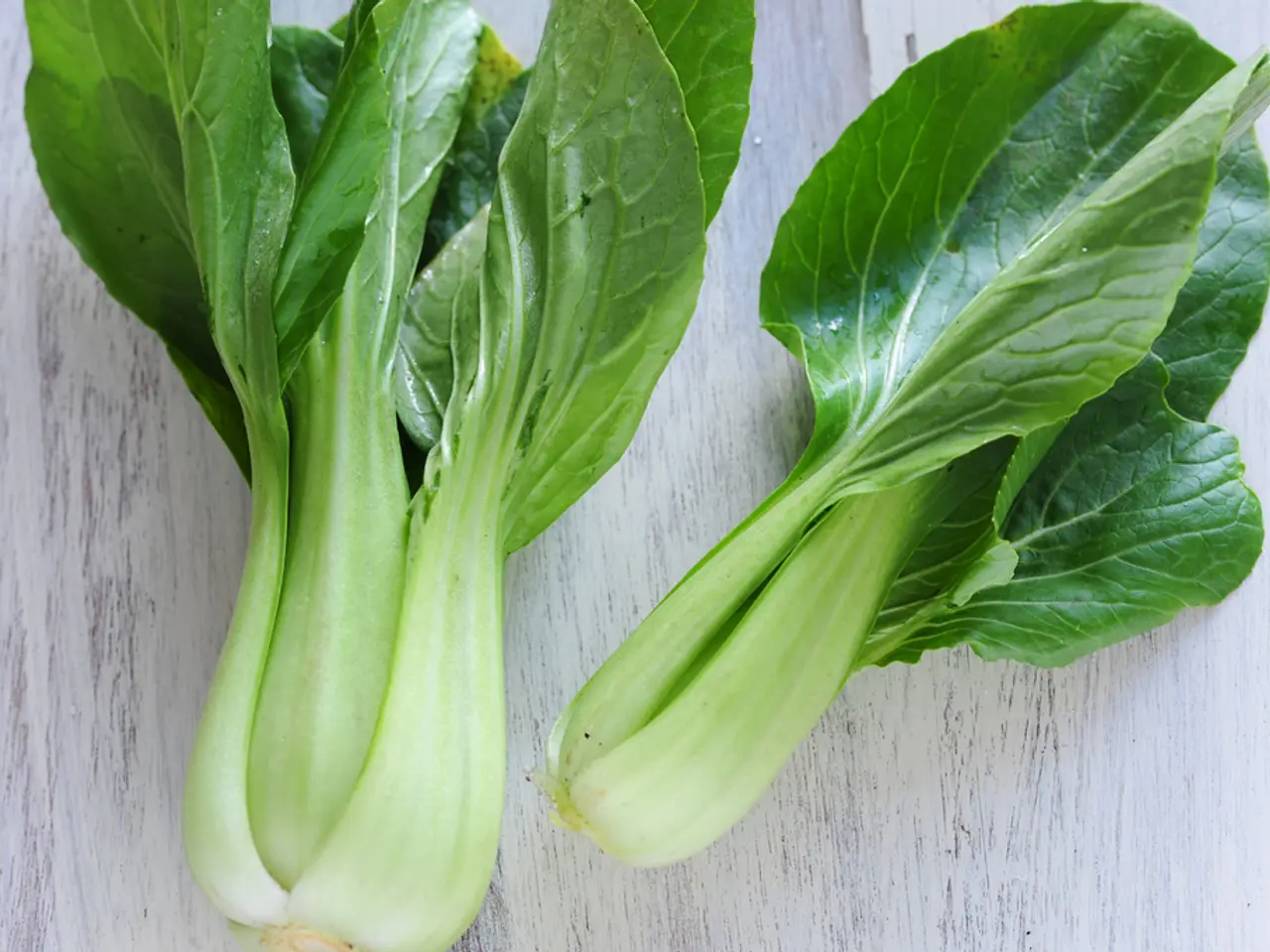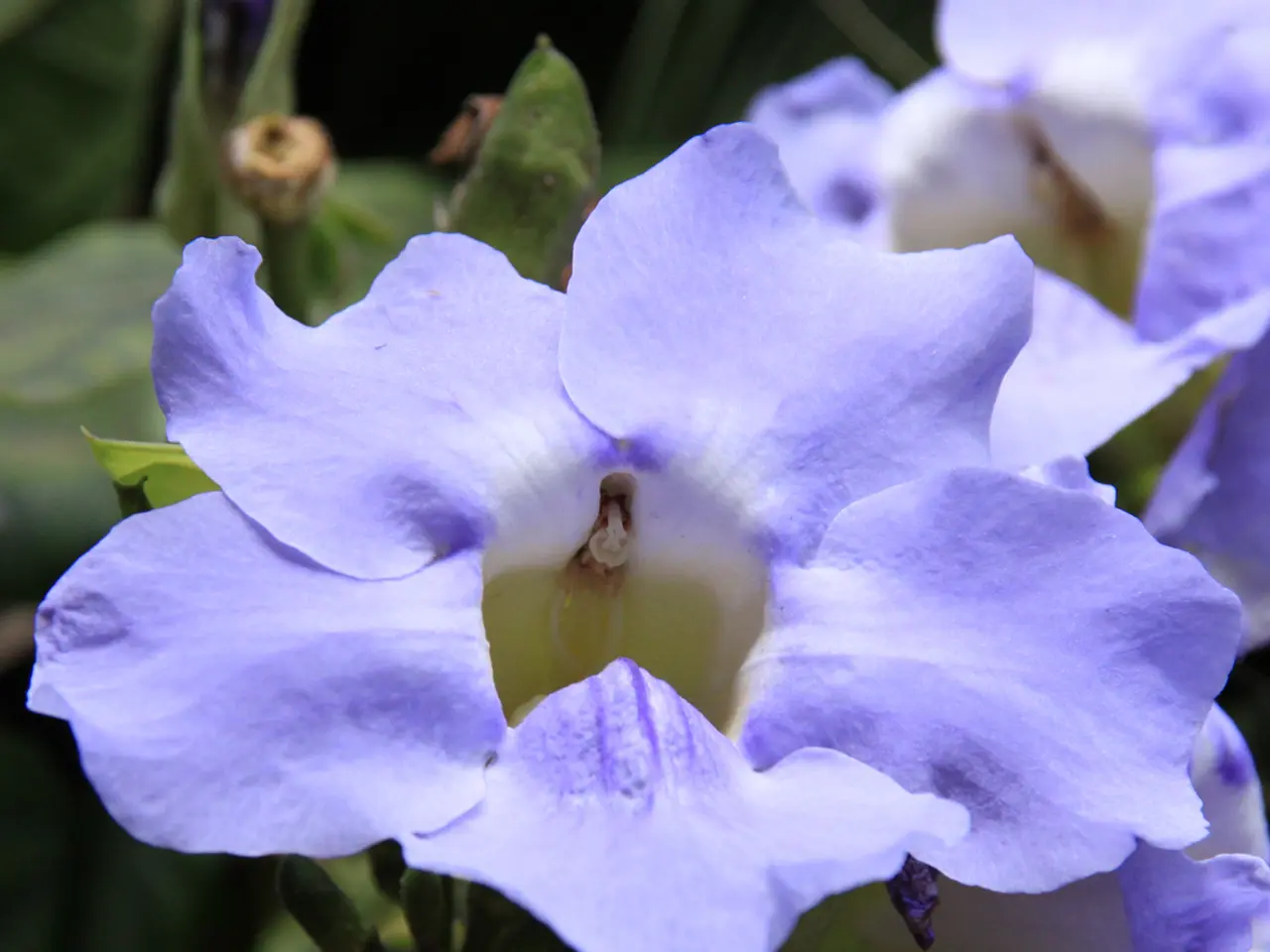Uncovering the Secret Invaders: A Study of Unidentified Organisms Within Indoor Potted Plants
In the world of indoor gardening, maintaining a healthy and thriving collection of potted plants is a joy for many. However, pests can pose a significant challenge to even the most dedicated plant enthusiasts. This article explores effective methods for identifying and controlling pests in indoor potted plants, ensuring a pest-free environment that promotes plant growth and health.
Identifying pests is the first step towards managing an infestation. Regular inspection is essential for catching signs of pest infestations early, such as discoloration or wilting leaves. Different pests cause characteristic damage, so it's important to recognise the signs. For instance, mealybugs appear as white cottony spots on plants, while aphids cause discolored leaves and a sticky residue.
Effective methods for controlling pests involve a combination of early detection, physical removal, natural remedies, and careful maintenance. Hand-picking larger pests like mealybugs or scale is a simple yet effective method. Water sprays can physically dislodge soft-bodied pests like aphids, spider mites, and thrips, focusing on the undersides of leaves where they cluster. Pruning heavily infested or damaged leaves and stems can also help reduce pest populations and prevent spread.
Natural and homemade remedies are a popular choice among indoor gardeners. Insecticidal soap sprays, made by mixing mild liquid soap (such as Castile soap) with water, can kill soft-bodied pests like aphids, spider mites, thrips, and whiteflies. Rubbing alcohol sprays, diluted with water, are effective for aphids, mealybugs, spider mites, and scale. Garlic and chili pepper spray can act as a natural repellent against aphids, beetles, and other insects.
Biological control and preventative strategies, such as encouraging natural predators, can be an effective long-term solution. Introducing beneficial insects like predatory mites, lacewings, or minute pirate bugs that prey on pests like thrips can help control infestations. However, it's important to avoid harsh chemical pesticides, as these can kill beneficial insects as well as pests and are usually not recommended for indoor plants.
Repeat treatments may be necessary over time to fully eradicate infestations, as pest life cycles often require multiple applications. For severe infestations not controlled by other means, systemic insecticides may be necessary, but these should be a last resort due to potential toxicity and impact on beneficial organisms.
By combining vigilant inspection, physical removal, and natural control methods such as insecticidal soaps, rubbing alcohol sprays, and encouraging beneficial insects, you can effectively manage and prevent pest problems in indoor potted plants while minimising harm to the plants and the environment.
Maintaining a pest-free home-and-garden lifestyle is not just about indoor gardening; it also includes the health of our pets and the well-being of our plants. Regularly checking for signs of pest infestations, such as discolored or wilting leaves, can help us detect problems early and take action promptly, just like identifying pests in pets requires regular vet visits.




